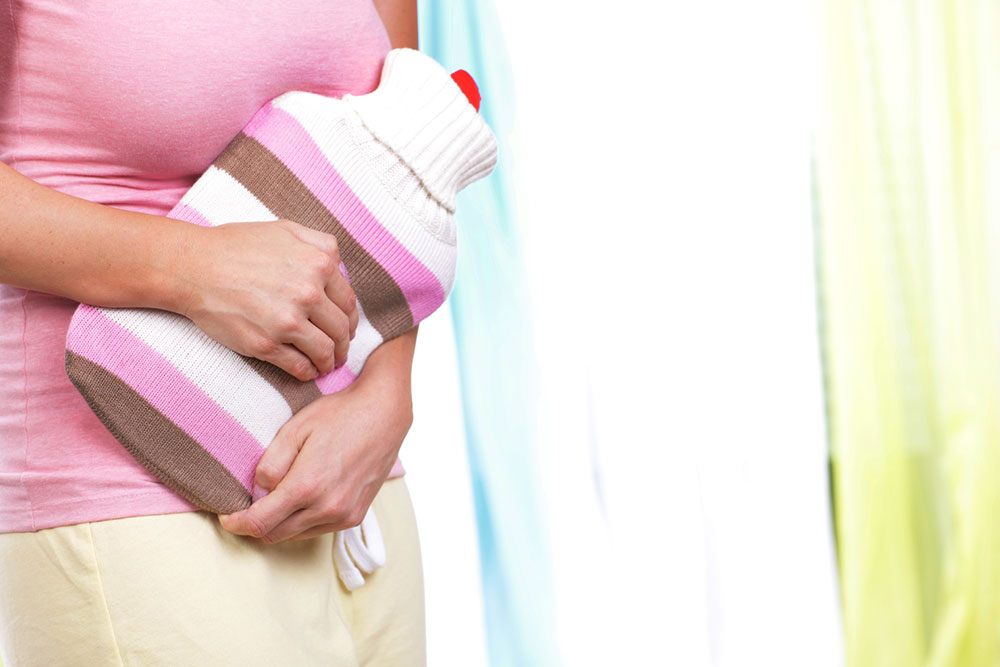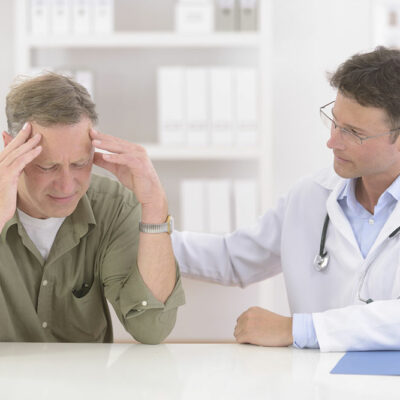
Warning signs and causes of gallstones
Gallstones can be as small as a grain of sand or as big as a golf ball. These refer to hardened deposits in the gallbladder. The deposits are usually an accumulation of digestive fluids. Some people may have one gallstone at a time while others may develop multiple gallstones.
Gallstones can be of many types. Common types of gallstones are those caused by cholesterol or when the bile contains too much bilirubin. Gallstones caused by cholesterol are usually yellow in color and contain undissolved cholesterol. On the other hand, gallstones formed by excessive bilirubin concentration in the bile appear dark brown or black in color.
Symptoms
Gallstones often have no apparent symptoms. In cases where the gallstone causes no symptoms, a wait and watch approach may be taken. However, if symptoms become apparent, surgery may be required to remove the gallbladder. Symptoms usually develop only if the gallstone gets lodged in a duct and blocks the release of bile. In such cases, symptoms may include:
- Sudden pain in the upper right side and center of the abdomen that intensifies rapidly
- Pain in the back between the shoulder blades
- Pain in the right shoulder
- Vomiting and nausea
The pain caused by gallstones may last for several hours.
Causes
The exact cause of gallstones is not yet known. Doctors have identified three instances that could lead to their development.
- High cholesterol levels
Under normal circumstances, bile contains chemicals needed by the body to dissolve cholesterol produced by the liver. However, if the liver secretes more cholesterol than the bile can dissolve, the excess cholesterol may turn into crystals that eventually develop into gallstones. - Excessive bilirubin count
Bilirubin refers to a chemical needed by the body to break down red blood cells. This is produced by the liver. In some cases, the liver may produce excessive amounts of bilirubin. This is usually seen in cases where people have been diagnosed with biliary tract infections, some types of blood disorders or liver cirrhosis. The extra bilirubin is then converted into crystals that form gallstones. - The gallbladder cannot empty itself properly
If the gallbladder is unable to empty itself properly or frequently enough, the bile produced may become highly concentrated. This can contribute to the development of gallstones.
Risk factors
Some people have a higher risk of developing gallstones as compared to others. The main risk factors associated with this condition include:
- Sex
Women have a higher risk as compared to men. - Age
The risk of gallstones is higher amongst people over the age of 40. - Weight
Being overweight or obese can also increase the risk of gallstones. - A sedentary lifestyle
Many people who live a sedentary lifestyle have higher risks of developing the condition. One must incorporate daily exercise and healthy eating in their lifestyle. - Pregnancy
Many women develop gallstones during or after pregnancy. - Diet
Following a diet that has a high-fat content, high cholesterol or one that is low in fiber can cause digestive troubles that in turn increases the risk of gallstones. - Medication and conditions
Medicines such as hormone therapy drugs, oral contraceptives and medication containing estrogen may affect the gallbladder. Conditions such as diabetes or liver disease cause the gallstones as well.


